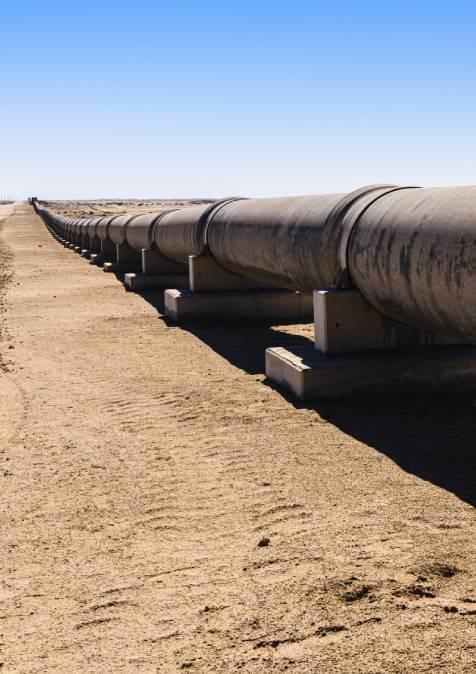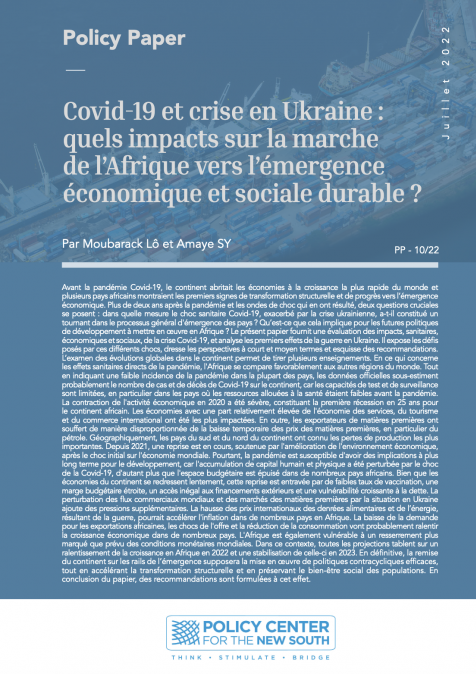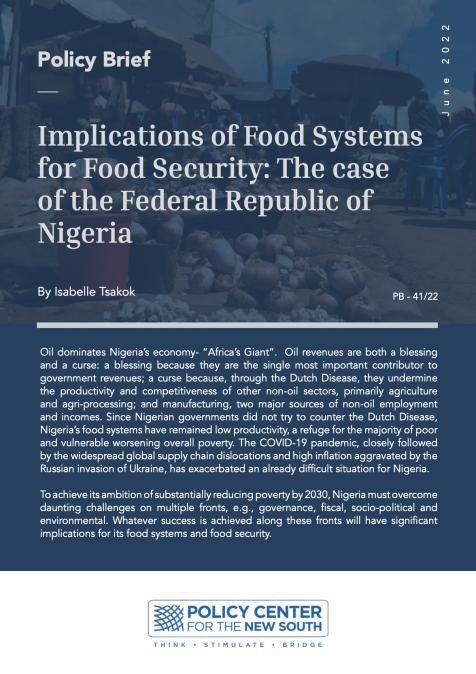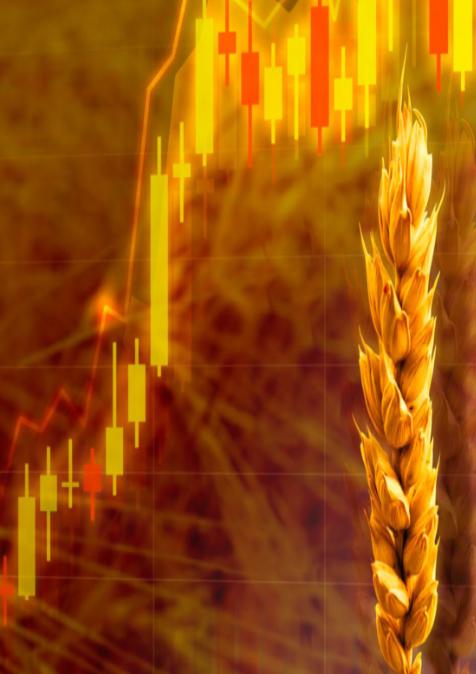Publications /
Policy Brief
La stratégie d’intégration verticale des producteurs miniers nécessite de trouver les conditions de son financement. De nombreux schémas sont pour cela envisageables et la technique de la titrisation, bien que largement stigmatisée depuis la crise financière de 2008, doit être considérée. Plusieurs conditions doivent cependant être réunies et il est peu probable que la titrisation hors-bilan s’affirme, sous sa forme actuelle, comme un des modes importants de financement des capacités de production de ce secteur. Quelle que soit la portée d’une telle affirmation, une chose apparait cependant certaine : un accès régulier aux marchés financiers demeure une des conditions sine qua non de la performance économique à long terme des groupes miniers.









